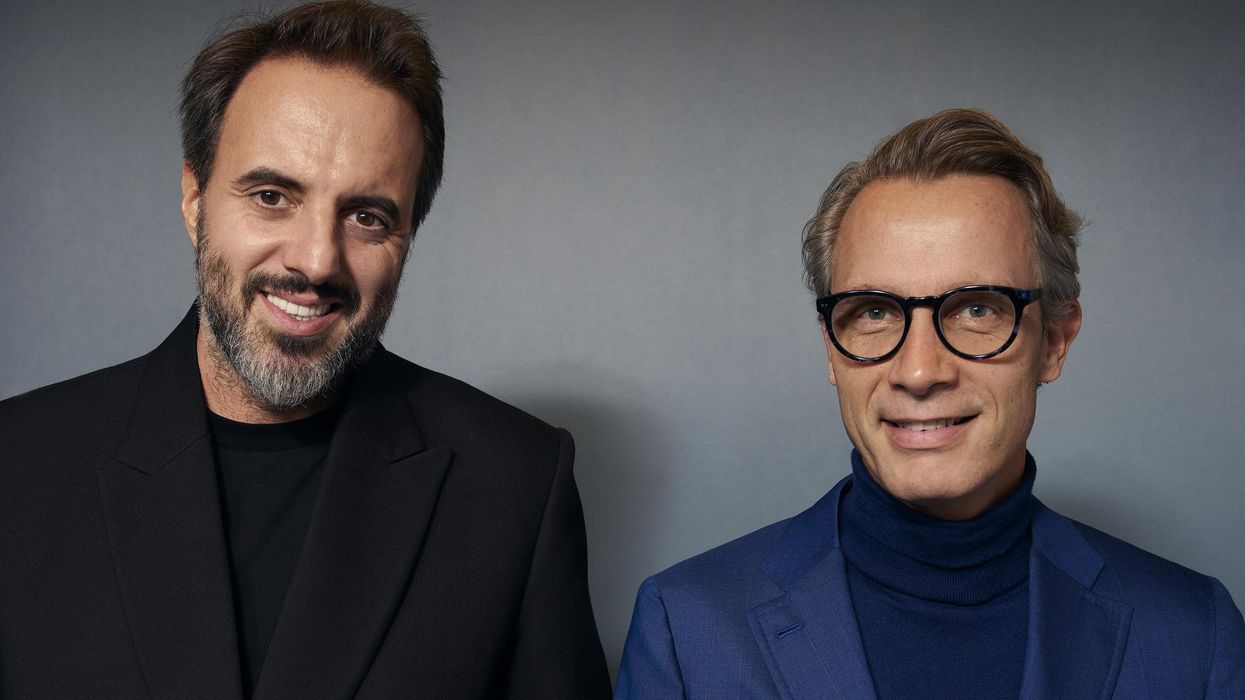Farfetch is making an investment of up to $200 million in Neiman Marcus Group (NMG) as the two prominent luxury fashion retailers forge a partnership, according to an announcement issued Tuesday.
NMG, which is the parent of Neiman Marcus and Bergdorf Goodman, is set to use proceeds from the minority investment to advance technology and digital capabilities. This will include tapping into the capabilities of Farfetch, which operates a marketplace for luxury fashion products.
In the immediate term, the companies will take the following steps together, according to a news release:
- Using its retail technology tools, known as Farfetch Platform Solutions, Farfetch will re-platform the Bergdorf Goodman website and mobile application.
- A digital customer experience and curated offering will be introduced to customers globally, including at its flagship in New York.
- Neiman Marcus will use select modules from FPS , including international services.
- Neiman Marcus and Bergdorf Goodman will join the Farfetch marketplace as partners, adding brands in “key global geographies.”
The partnership brings together an iconic name that started with in-person retail in NMG with the digitally native Farfetch. It’s a move with international expansion in mind, and shows how integrating physical and digital retail are becoming key parts of plans for growth. Luxury brands were historically cool to collaboration, but the growth of ecommerce ushered in a change in thinking. Farftech has been at the forefront of the move to form alliances in recent years, both via investment and acquisition.
“I believe the US luxury market is at a pivotal point,” Farfetch CEO José Neves said in a statement. “Whilst the US is proving to be a long-lasting source of growth for the luxury industry, fueled by younger generations who are highly engaged with the category, businesses will have to significantly upgrade their digital capabilities – powering both online and offline customer journeys – to meet these new customer expectations and stay ahead in what is going to be a competitive space in the coming years.”
Neves added that the partnership “is about revolutionizing the luxury landscape globally, both online and offline, by combining NMG’s iconic presence in the US and Farfetch’s Luxury New Retail vision and technology.”
The announcement comes days after Bergdorf Goodman made a pair of key promotions that were in part centered around digital offerings. Cheryl Han was appointed to Senior Vice President of BergdorfGoodman.com and Customer Strategy, while Melissa Xides was named Senior Vice President of Bergdorf Goodman Stores and Brand Operations.
The Farfetch partnership the latest tech-centered move for NMG that comes amid the growth of ecommerce in the pandemic. NMG leaders said in 2021 that the company would invest $500 million in capabilities including upgrading delivery and personalization over the next three years, Vogue Business reported at the time.
With Tuesday's announcement, NMG CEO Geoffroy van Raemdonck called Farfetch “the ideal partner to help us grow Bergdorf Goodman to be an even stronger global digital luxury retailer.”
“Farfetch’s investment demonstrates their confidence in our omnichannel strategy, and we look forward to partnering with Farfetch to continue revolutionizing the luxury customer experience and delivering value to all our stakeholders,” van Raemdonck said in a statement.
The investment and partnership is expected to be completed in the third quarter of 2022.
Related Articles Around the Web












